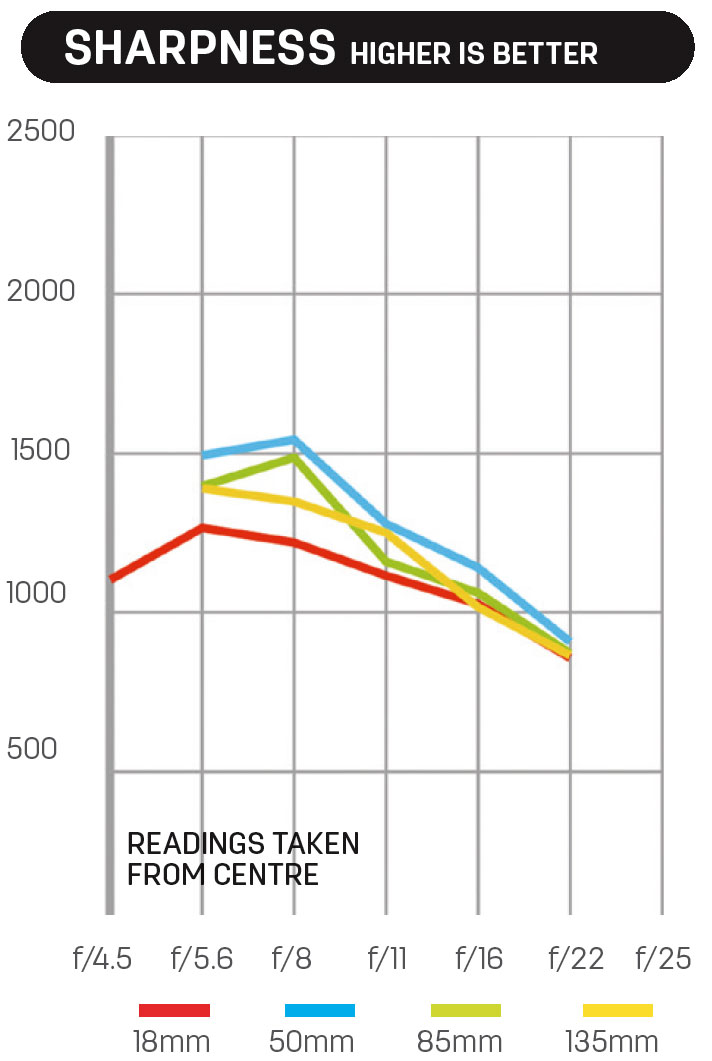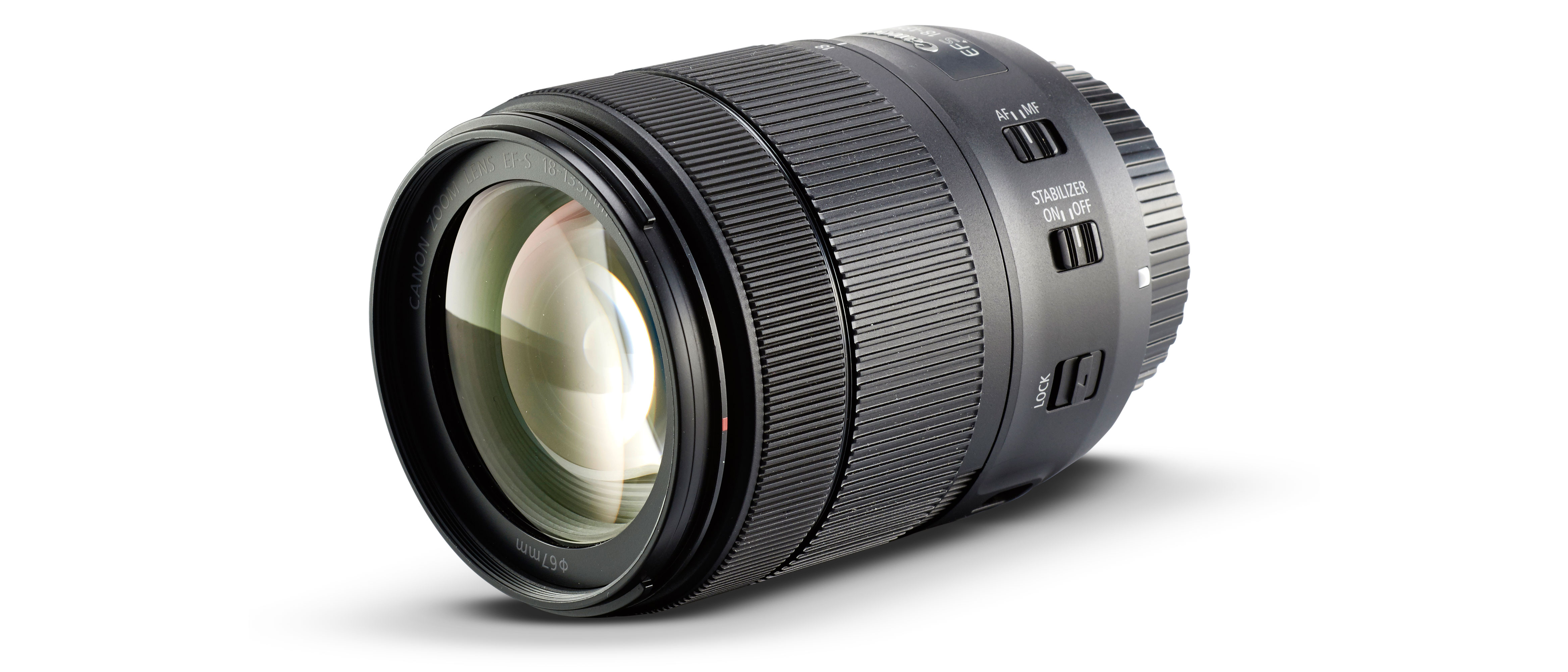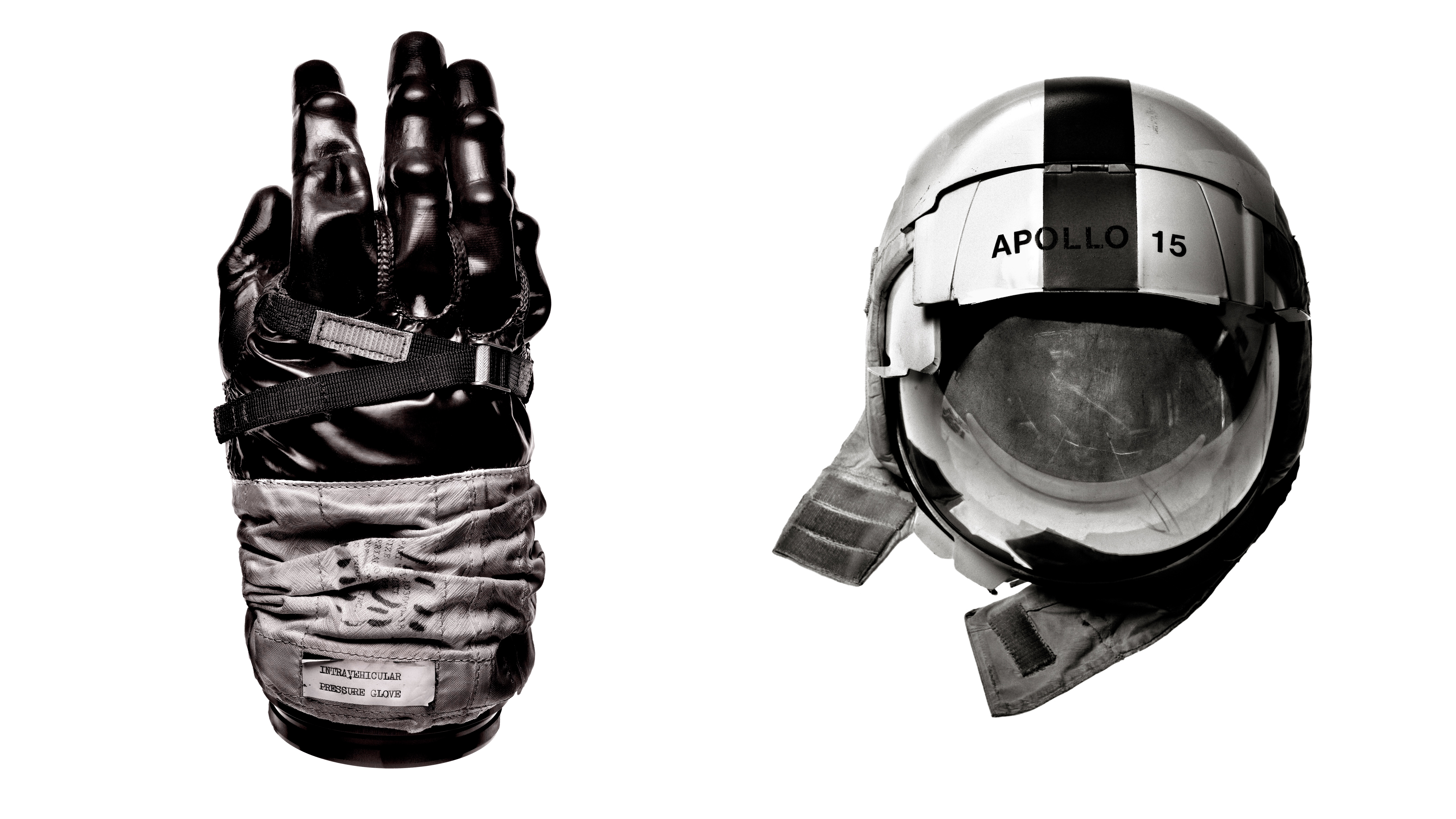Digital Camera World Verdict
Mid-way between a standard kit lens and a do-it-all superzoom, the Canon EF-S 18-135mm f/3.5-5.6 IS USM offers a good zoom range, decent optical performance and super-fast autofocus.
Why you can trust Digital Camera World
The Canon EF-S 18-135mm f/3.5-5.6 IS USM fits Canon’s APS-C format DSLRs, including the Rebels, right up to the Canon EOS 7D Mark II. It offers a much longer zoom range than a regular standard zoom for these cameras and almost qualifies as a ‘superzoom’. It’s an EF-S lens, however, which means it can’t be used on Canon’s full-frame cameras like the EOS 6D and above.
Canon EF-S 18-135mm f/3.5-5.6 IS USM features
Canon has a veteran EF-S 18-200mm superzoom with a basic autofocus system that remains unchanged, but the smaller 18-135mm lens has undergone two updates. The first ushered in a stepping-motor autofocus system and this edition has a Nano USM actuator that aims to combine quick stills performance with smooth and silent transitions when shooting movies.
Compared to other superzoom lenses, it’s not particularly impressive for outright zoom range, falling short at the telephoto end, equivalent to 216mm in full-frame terms. It’s barely any more compact or light than other superzooms either, but handling is refined and the image stabiliser works well. You need to buy the hood separately if you want one.
How we test lenses
We use specially-developed charts shot in controlled lighting conditions and the Imatest imaging analysis suite. We measure lens resolution across the frame at different focal lengths and apertures, together with chromatic aberration (colour fringing) and distortion, which are the two most troublesome lens aberrations.
Sharpness
The sharpness values are an indication of how well the lens resolves fine detail. The higher the figure, the sharper the fine details in the picture will look.

It’s good at mid to long zoom settings, but could be better at short focal lengths.
Fringing
Colour fringing is also called chromatic aberration, and it produces the cyan-magenta or blue-yellow fringes you sometimes see around object outlines, especially towards the edges of the picture.

The Canon keeps colour fringing well under control throughout the zoom range.
Distortion
Distortion is where the lens displays straight lines as slightly bowed and it’s most noticeable towards the edges of the picture. Wideangle lenses typically produce ‘barrel’ distortion, telephotos often produce ‘pincushion’ distortion.

Barrel and pincushion distortions are less severe than in most DSLR superzooms.
Performance
The STM edition of the lens is no slouch for autofocus, but AF in the new edition is super-fast, practically snapping into place. An upside of the relatively meagre zoom range is that sharpness only drops off marginally at the long end, and distortions are less pronounced than with most competing lenses.
The sister print publication to this website, Digital Camera Magazine is Britain's best-selling photography publication – and it can also be purchased outside the United Kingdom as Digital Camera World.
Digital Camera Magazine is packed with more expert advice and more inspirational images than any other title, with the sole aim of helping you become a better photographer. Every issue we also bring you a selection of great gifts which are designed to help you get more from your photography – everything from tips cards and cheat sheets to free software and bookazines.
In addition to inspirational images, interviews, projects, mini tests and tutorials, each issue is packed with news, reviews and comparisons, as well as photographer vs photographer shootouts and head-to-head challenges using the best photo editing software.
The magazine is captained by Editor Niall Hampton.


